Blog
-

What's the Function of Potassium (K) in Plants?
Potassium is a paramount macro-element for overall survival of living things.It is an abundant mineral macronutrient present in both plant and animals tissues.It is necessary for the proper functionality of all living cells.Potassium is relatively abundant in the earth's crust making up to 2.1% by weight.Potassium is mined in the form of potash (KOH), sylvite (KCl), Carnallite and Langbeinite. It is not found in free nature.Đọc thêm -

Benefits of Potassium for Corn Production
Potassium (K) is a macronutrient for corn because the plant takes up large amounts throughout the growing season. While K is not used by the plant as a building block for organic compounds, it functions as an activator for many enzymes and metabolic pathways, including those for photosynthesis and protein and starch formation in grain. Potassium plays a role in the flow of water, nutrients, and carbohydrates within the plant. It plays a role in the regulation of stomata closing and opening, thus impacting the exchange of water and gases. Additionally, K is key for cell wall strength and cellulose production. Good K fertility is associated with strong cell walls that enhance disease resistance and the ability of the crop to maintain firm, healthy stalks (Table 1).Đọc thêm -
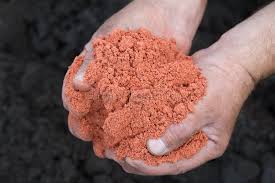
Potassium in our soil is running low, threatening global food security
Soils around the world are running low on potassium, a key nutrient needed for plants to grow. This ultimately means we may not be able to grow enough food for everyone.But it’s not too late: we have just published research identifying six things we must do to safeguard potassium supplies and food production.Đọc thêm -
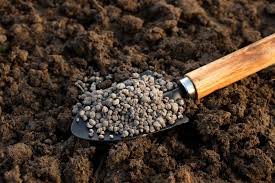
What are the effects of potash deficiency?
We write ‘effects of potash deficiency’ rather than ‘symptoms of deficiency’, because so many of the negative effects of a shortage of available potash to crops are not clearly apparent, whereas ‘symptoms’ implies some visible effect. Of course severe deficiency has visible symptoms (Figure 1), but there can be many expensive negative impacts on the crop well before clear symptoms are seen.Because most crops contain considerably more potassium than nitrogen or other nutrients, it might be expected that potassium deficiency would be the most commonly seen. However the majority of the potassium in crop tissues is supplied from the reserves in the soil, with relatively little coming from freshly applied fertiliser – in contrast to nitrogen or sulphur. Problems begin to arise when these soil potassium reserves are insufficient, usually as indicated by soil analysis results of K Index 0 or 1.Đọc thêm -

Everything In Moderation When Applying Potash
A recent article1 in Progressive Farmer over viewed research showing yield reductions attributed to potash (0-0-60, KCl or MOP) applications in corn (North Dakota) and soybean (Minnesota and Indiana). Although the mechanism(s) of “toxicity” were not known the yield reductions were large enough and frequent enough to be considered real. In the corn studies conducted by Dave Franzen at North Dakota State University the potash was applied in spring and detrimental rates were greater than 200 pounds per acre (120 lb K2O/acre). My (Casteel) soybean research in Indiana examined potash applied at or shortly after planting as a means of intensifying management. Rather, I observed 3 to 5 bu/ac yield reductions at this timing. Detrimental potash rates were 200 pounds per acre in some trials on prairie soils near West Lafayette and loam to coarse-textured soils near Wanatah in 2016 and 2017. I still observed yield reduction at a lower rate of 100 pounds per acre (60 lb K2O/acre) in 2019, but not in 2020 near LaCrosse. Dan Kaiser at the University of Minnesota also saw yield reductions from potash applications ahead of soybean (spring and even some fall timings), and suggested chloride might be the culprit. Even though these observations of yield reductions cannot be fully explained at this time, these reports have caused some farmers to evaluate their timing and rate of potash application.Đọc thêm -

Considering the Effects of Potassium on Manganese and Soil Fertility
Some soils do not even build well using manganese sulfate. In a very few cases it has been necessary to apply the needed amount for two or three years in a row to reach the desired minimum level. In such cases, the use of ammonium sulfate as a nitrogen source may help, but generally the amounts used do not show much progress in building up soils deficient in manganese. A crop which can also help to increase manganese availability in the soil is rice.Just keep in mind that the primary elements, N-P-K, truly are primary in terms of getting enough nutrients there to grow the crop. But when any one of these three are over-applied, providing more than the soil can tolerate, those same elements can cause a whole new set of problems, not just for potatoes, but for all types of crops and growing plants.Đọc thêm -
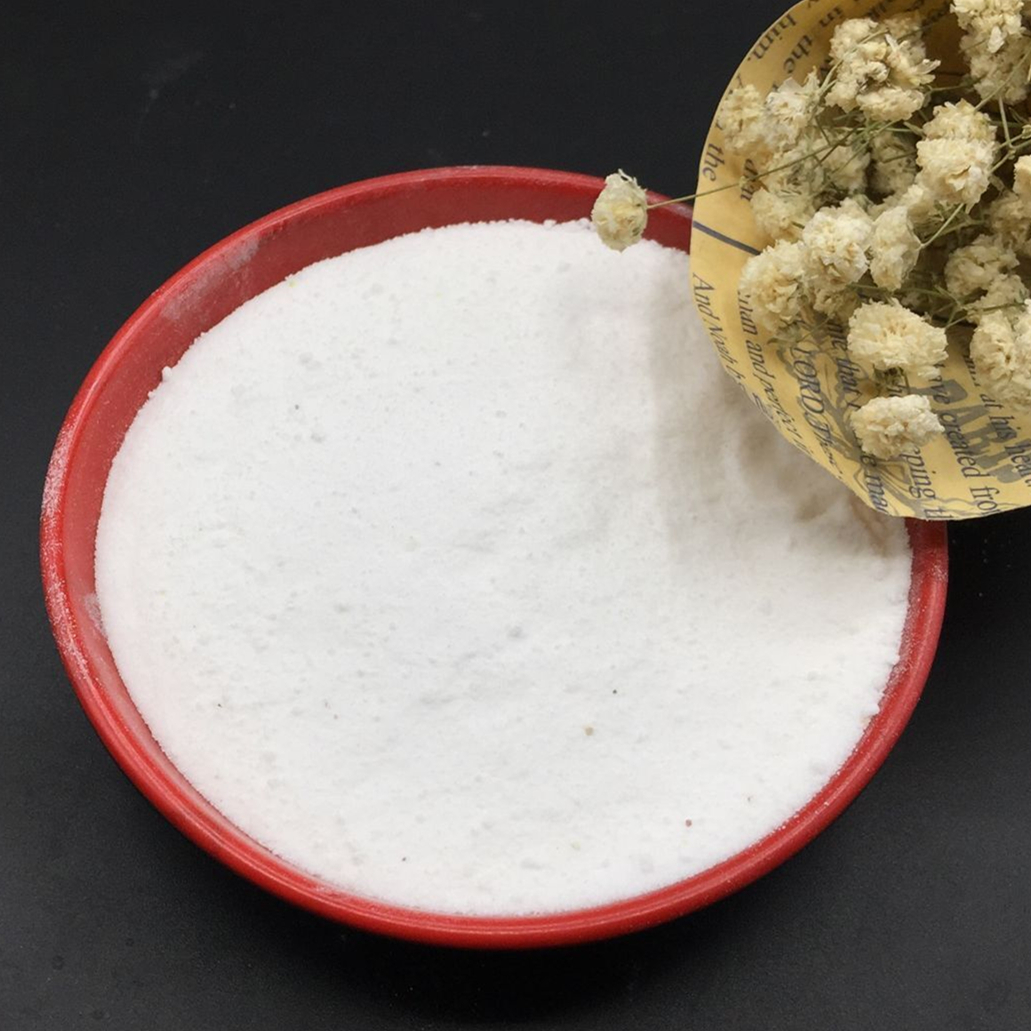
Potassium
Potassium is essential in nearly all processes needed to sustain plant growth and reproduction. Plants deficient in potassium are less resistant to drought, excess water, and high and low temperatures. They are also less resistant to pests, diseases and nematode attacks. Because potassium improves the overall health of growing plants and helps them fight against disease, it is known as the “quality” nutrient. Potassium affects quality factors such as size, shape, color and vigor of the seed or grain, and improves the fiber quality of cotton.Đọc thêm -
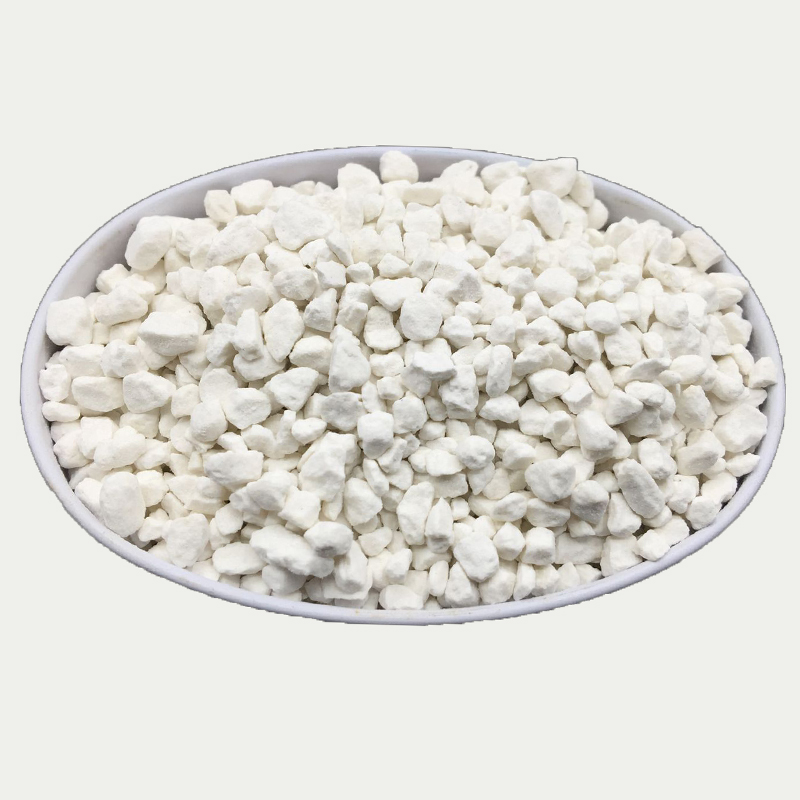
Potassium depletion in soil threatens global crop yields
Potassium deficiency in agricultural soils is a largely unrecognised but potentially significant threat to global food security if not addressed, say researchers.The lack of this key nutrient can inhibit plant growth and reduce crop yields. Farmers often spread potassium-rich fertilisers over their fields to replenish the depleted nutrient, but supply issues can inhibit its use and there are also questions about the environmental impact. The new study, published in Nature Food, finds that in many regions of the world, more potassium is being removed from agricultural soils through leaching or when crops are harvested. The authors from the UK Centre for Ecology & Hydrology (UKCEH), the University of Edinburgh, University College London and the Institute of Environmental Assessment and Water Research in Spain make a series of recommendations to tackle the issue.Đọc thêm -
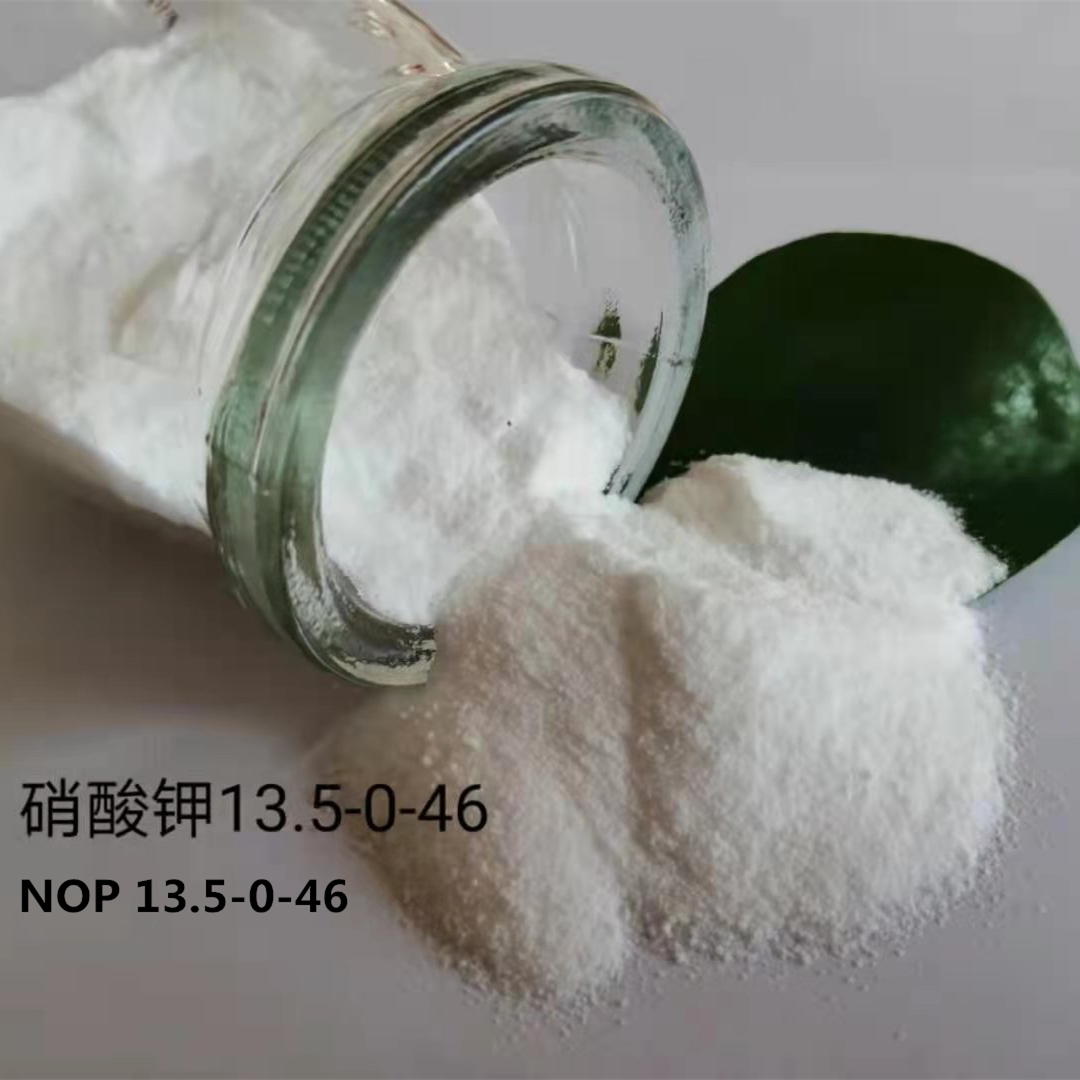
What is Potash? – The Whole Story
The UN says that in 2021, there will be around 690 million hungry people on the planet which accounts for 9 percent of the world’s population. Global food security is especially of concern looking forward as the world population is expected to increase by about 35 percent over the next 40 years.Agricultural output will need to significantly increase to feed the growing population. As available land for expanding agriculture is scarce, increased food production will come only from increasing productivity per hectare, which will require optimum and balanced fertilizer use.Boosting crop yields can be achieved by the implementation of balanced fertilization practices, which will also ensure the preservation of soil fertility and the sustainability of the farm systems.Đọc thêm

